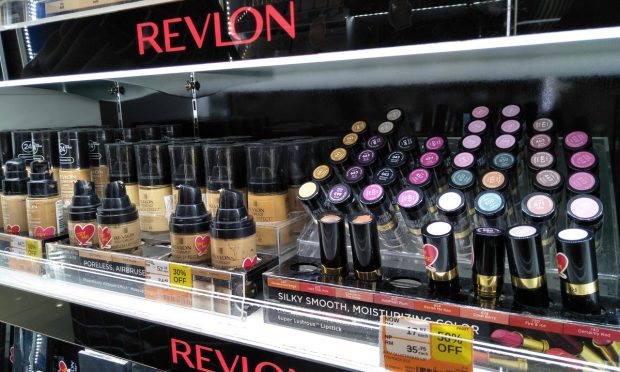Investors Have a ‘Breakup With Makeup’ as Cosmetics Cos Struggle With Costs

Spring is supposed to be the season of dressing up and stepping out after a long cold hibernation but for most cosmetics makers, the warmer weather and reduced COVID concerns have so far garnered a cold response.
Nowhere is this breakup with makeup more pronounced than at Revlon, where the 90-year-old New York-based parent of over a dozen different brands that are sold at thousands of global retail locations in 150 countries announced Monday (April 25) that it was looking to raise $25 million for “general corporate purposes.”
The move will not only dilute existing shareholders’ stake by about 7% given the cosmetic company’s shrunken $350 million market value but comes in the wake of a sell-off that has already seen Revlon’s shares shed almost 50% so far this year.
“‘Happy Monday’. Like this tweet if you loaded up on concealer this morning,” Revlon said to its 450,000 Twitter followers shortly after its separate stock sale revelation, a move that sharply reflects the stark contrast that exists between running a consumer products business and managing a public company.
Not Just Revlon
While Revlon’s struggles are, in many respects, unique given the fact that it has posted per share losses in 16 of the past 18 quarters, it is not alone in the broader sell-off that has seen makeup getting beat down.
Other rivals on the slide include French-giant L’Oréal, which is down 20% this year, as well as shares of Estée Lauder and e.l.f. Cosmetics, which have both shed roughly 30% in less than four months.
“In the first three months of the year, the growth trend continued in the global beauty market, with consumer purchasing behavior unaffected by inflation,” L’Oréal said last week while announcing its Q1 sales had risen 13% to the equivalent of $9.6 billion dollars.
Even though the Paris-based global category leader expressed confidence in the industry’s long-term growth prospects, investors were still concerned about the impacts of war, supply chain constraints and persistent COVID challenges in China and bid the stock down.
Nonetheless, the $180 billion colossus said while it was “mindful of volatility and uncertainty” it still remained optimistic about the outlook for the beauty market as well as its ability to outperform its rivals this year.
It’s a similar plight for Estée Lauder, as the $90 billion company’s last-reported results for the three months ending Dec. 31 delivered similar 13% revenue gains that left many investors wanting more.
“Net sales grew in every region and product category, reflecting early stages of recovery in brick-and-mortar retail stores, primarily in western markets, and strength in online,” Estée Lauder’s fiscal Q2 earnings announcement stated in early February.
Estée Lauder is scheduled to deliver its latest results next Friday, May 3, which will give investors a fresh update on how pricing and consumption are reacting to higher inflation, which is currently running at a 40-year high of 8.5%.
While it remains to be seen if the pre-earnings pessimism of analysts and investors proves true, or if another strong round of cosmetics sales will have them kiss and makeup, one thing that is clear at the moment is that no amount of lipstick can conceal the pressure currently being applied to the global makeup titans.
